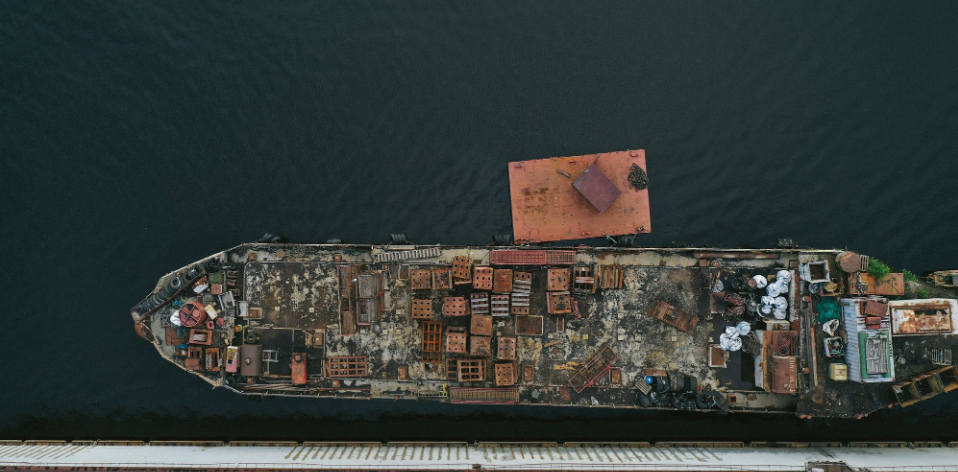A marine salvage operation involves the rescue, repair, and refloating of a ship, its cargo, crew, and other properties from imminent danger. In order to repair, remove shipwrecks, clear out the passage for further navigation, and reduce marine pollution, salvage operations are mandatory and must be completed rapidly and without delay. Boat salvage galveston has a variety of vessels and salvage equipment available to assist ailing or severely damaged vessels.
Composite marine salvage processes can be divided into a few types. Let's take a look at them.
Offshore Salvage
These operations involve stranded or sunken ships in open waters, which is often too challenging since the ships would be exposed to sea waves and weather. Since unusual tides and inclement weather may hinder the workflow, the procedure may take months to complete.
Portable diving facilities should also be implemented at the work area by small boats or helicopters, in addition to the regular stable work force and salvage tugs and vessels.
Harbour Salvage
In contrast to offshore salvage, it is less challenging since stranded or sunken ships are covered in sheltered water and are not hindered by natural conditions such as intemperate weather or waves and currents. It is not necessary to hasten the process unless the passage needs to be cleared for navigation.
The pace of harbor salvage can also be adjusted depending on the requirements of labor resources, such as cranes, construction tenders, dredges, and barges.
Cargo Salvage
Often, salvaging the cargo onboard is more important than salvaging the ship itself, since it may pose a threat to the marine environment. As much as possible, hazardous elements must be removed and expensive materials should be saved before they are dumped in the water.
Equipment Salvage
By dissecting, disassembling, or destroying the hull if this equipment survives the intrusion of seawater, another focus is salvaging large machinery components like engines, turbines, and driving systems.
Clearance salvage
In the aftermath of catastrophic events like hurricanes, tsunamis, and wars, these operations are carried out. During clearance salvage, a number of ship wrecks are scavenged or removed in coordination to clear out the passage in a harbour or waterway that may be blocked for navigation by multiple obstructions with ships with varying degrees of damage, such as fire, collisions, and explosions.
Ship Wreck Salvage
Compared to the salvage operations mentioned above, this is a low-priority task. In order to disembarrass the water area of hazardous or unsightly substances, the most practical and cheapest method is to be used. Most commonly, the hull is cut into very small sections, refloated, and scuttled in deeper waters.
Afloat Salvage
It is called afloat salvage when a ship is damaged but still floats in the water. While the work involves damage controlling and primary repairing tasks such as hull welding, stabilizing by rebalancing ballast tanks, and shifting cargo and structural bracing, it doesn't take a toll on the body.

